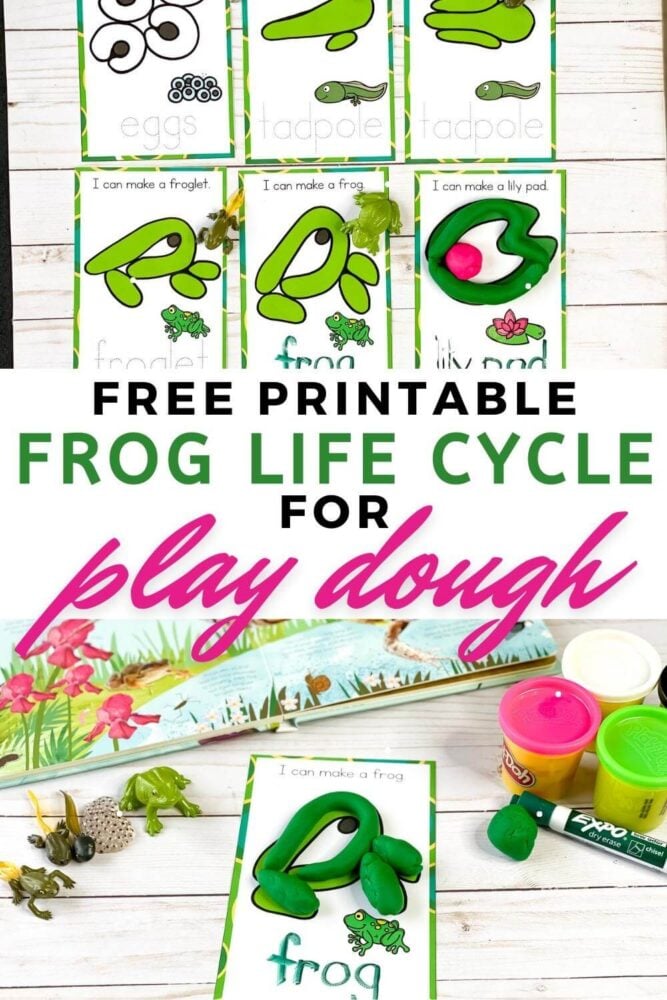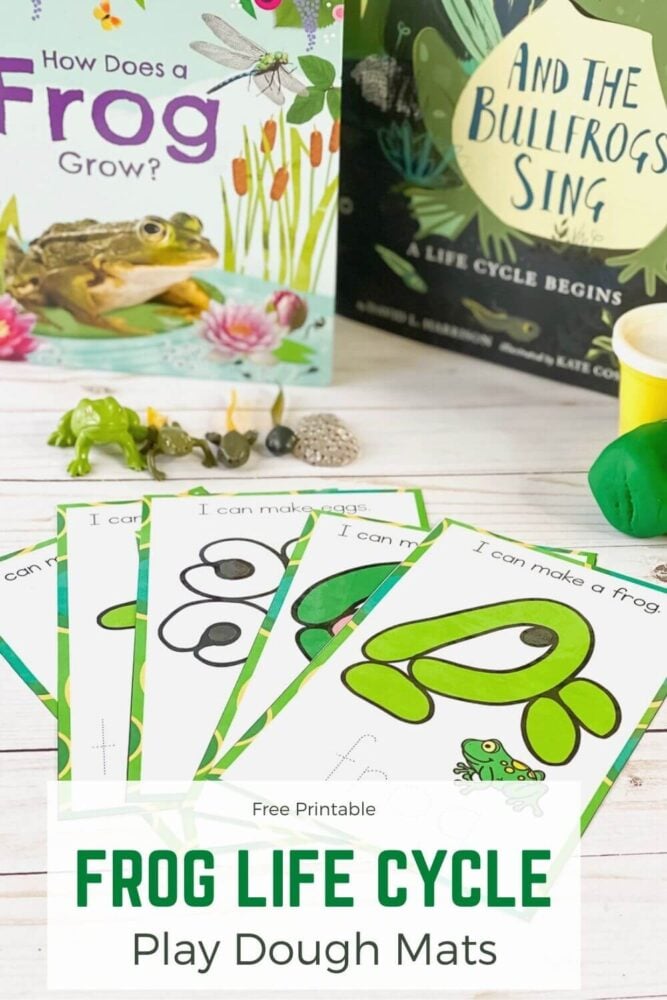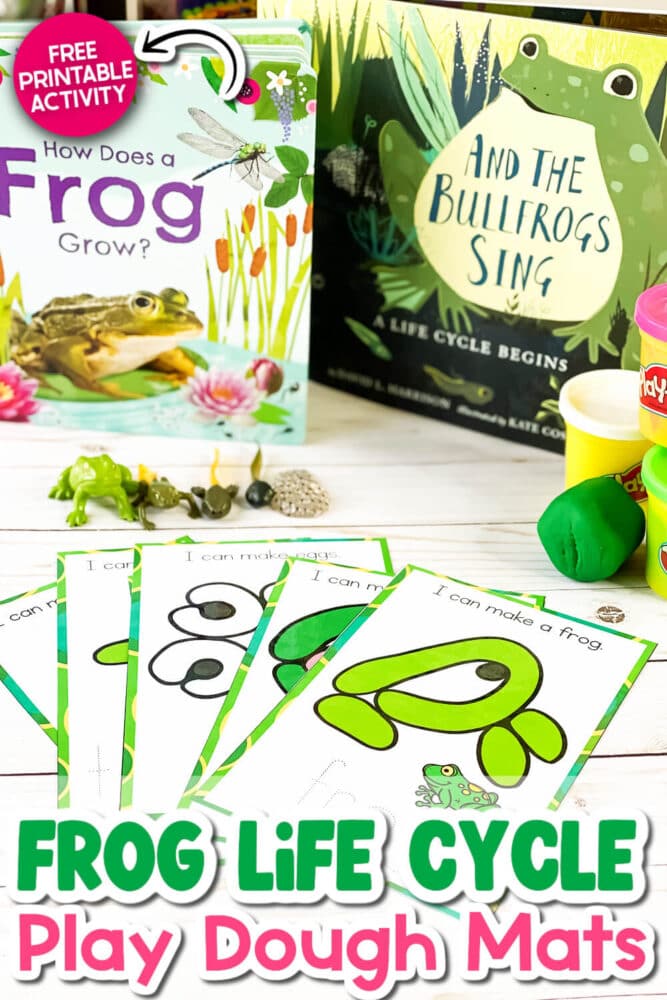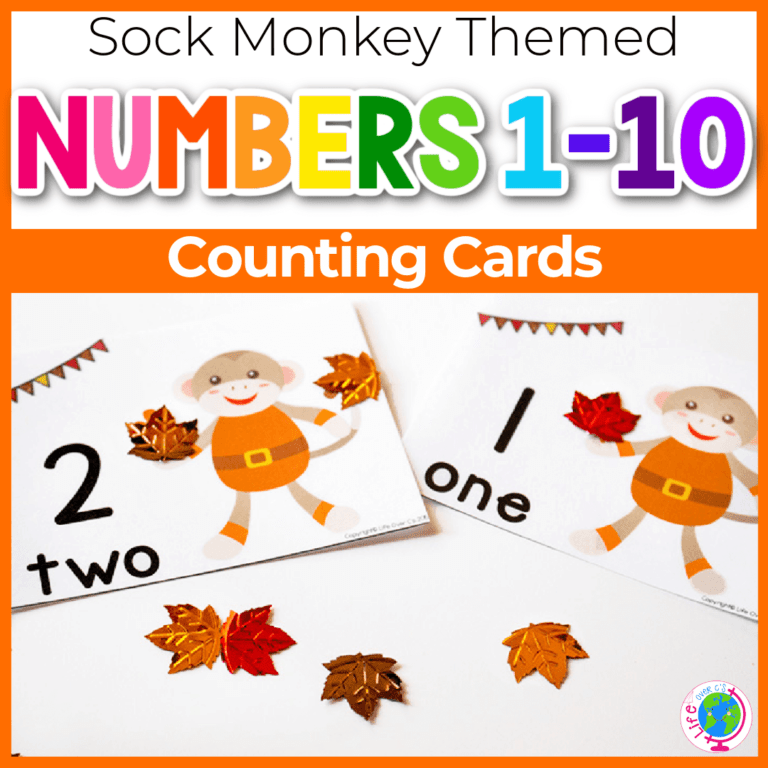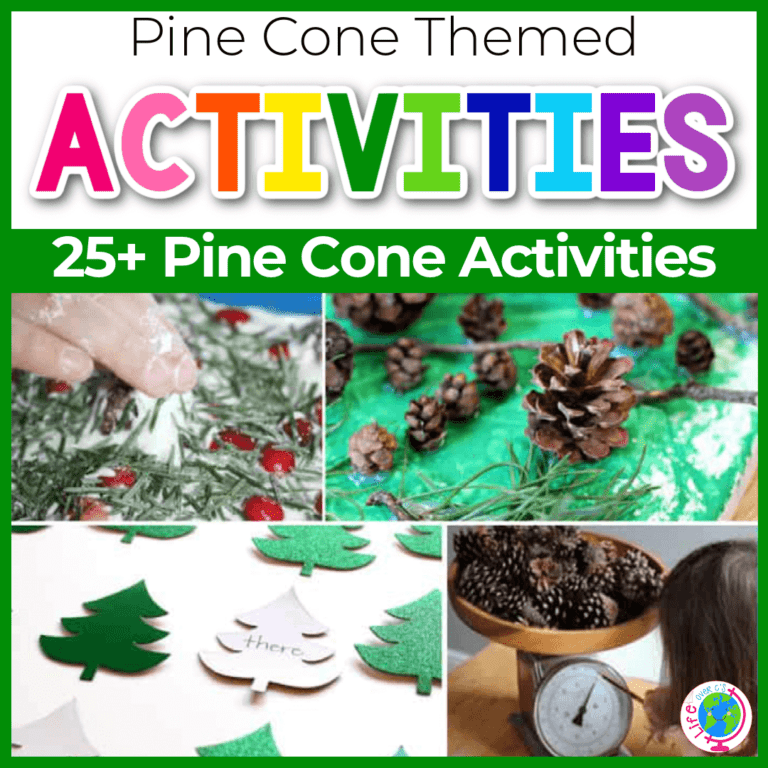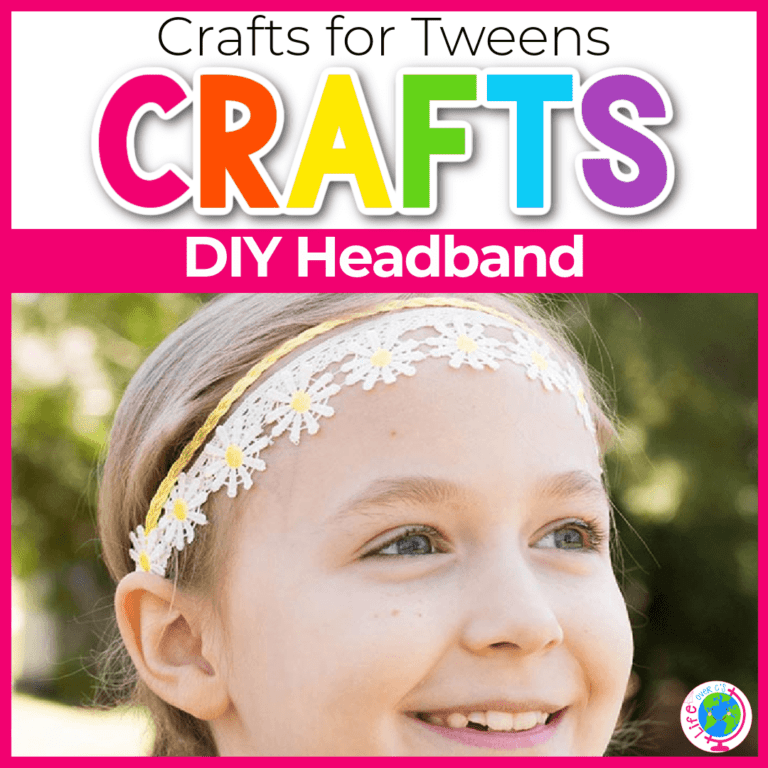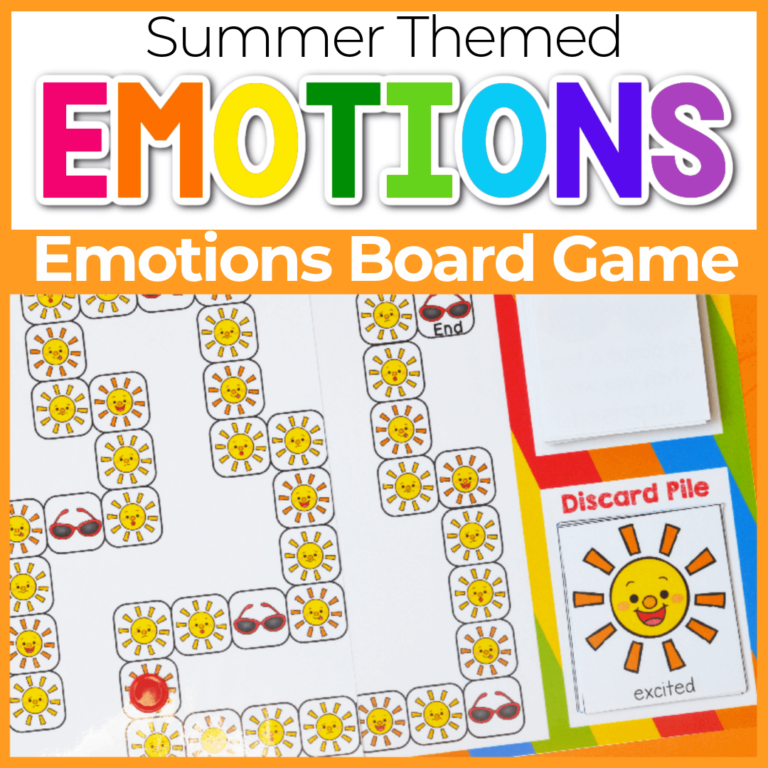Free Printable Life Cycle of a Frog Play Dough Mats
Helping kids discover the wonders of the world and everything in it should be a fun and memorable experience! These Printable Life Cycle of a Frog Play Dough Mats for Kids will help children discover amazing things about frogs! Then, after downloading the play dough mats, be sure to check out the rest of our frog theme activities here.
Let’s just say it: frogs are preschooler GOLD. 🐸 Whether your kids are giggling at silly ribbits, pretending to hop around the room, or spotting tadpoles at a pond… you know the frog life cycle brings out that wide-eyed, “WHAAAT?!” kind of curiosity we love.
So when we can channel that excitement into hands-on learning with play dough? 🙌 You’ve got a ribbiting combo of science + sensory + fine motor skill practice… all wrapped up in one squishy, engaging activity: Life Cycle of a Frog Play Dough Mats.
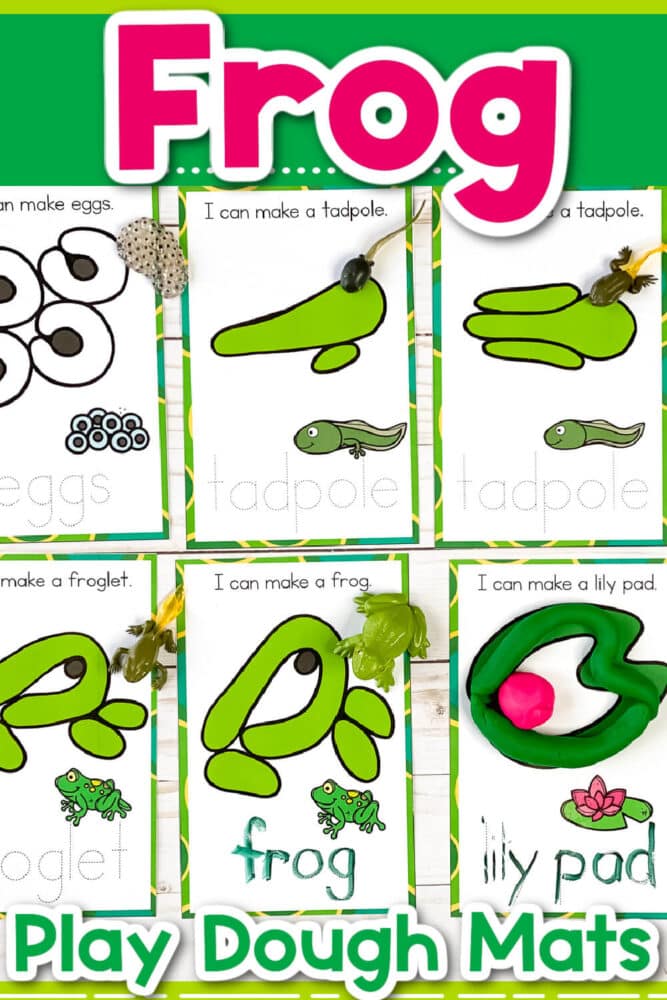
Recommended Grade Level:
These free printable play dough mats are one of my favorite frog life cycle activities for preschool and kindergarten—especially when I want to sneak in a little science without dragging out the flashcards or battling the dreaded worksheet groans.
Stick around, because I’m going to walk you through how to introduce the life cycle of a frog, use play-based activities to reinforce learning, and (my fave part) show you how sensory exploration makes BIG science concepts stick for even our littlest learners.
Preschool Life Cycle of a Frog
Here’s the thing: kids don’t need much convincing that frogs are fun. They wiggle. They hop. They go through some of the weirdest changes in the animal kingdom.
From jelly-like eggs to squirmy tadpoles… to froglets with tiny legs… to full-blown jumpy frogs?! It’s the perfect springboard (see what I did there? 😉) for exploring life cycles in a way that feels magical and meaningful.
But breaking that cycle down into bite-sized chunks for preschoolers and kindergartners? That’s where the real teaching magic happens.
Start with simple, concrete vocabulary:
Egg → Tadpole → Froglet → Frog
Pair those words with visual supports (hi, play dough mats!), read frog-themed books, sing songs, and let them act it out. (Bonus points for hopping around like frogs. Triple bonus if YOU join in!)
Then give them something tactile to build the stages piece by piece. That’s when their brains go 💡 DING! and they start to really get it.
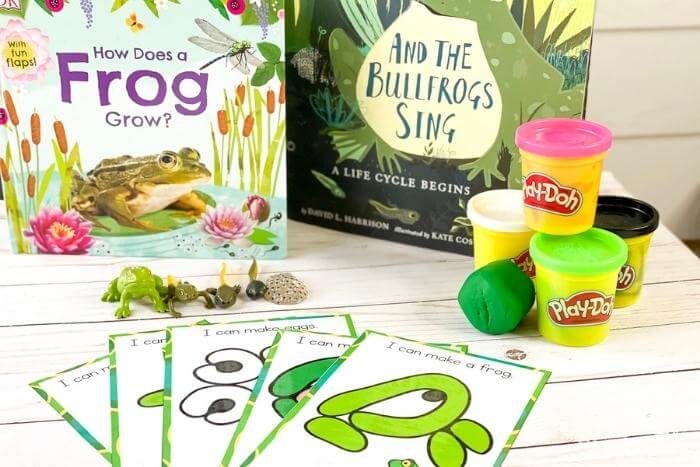
Why I LOVE the Life Cycle of a Frog Play Dough Mats
These printable mats make it sooo easy to turn a tricky science concept into hands-on fun. While kids are busy rolling tiny eggs, shaping wiggly tadpoles, and stretching out little froglet legs, they’re also:
- Strengthening fine motor skills
- Learning and using real science vocabulary
- Practicing sequencing and storytelling
- Building confidence and loving learning
This isn’t just a worksheet with a life cycle diagram. It’s an experience.
Each mat includes:
🐸 A kid-friendly sentence like “I can make a froglet.”
🐸 A simple visual model to guide building
🐸 A real-life photo for added science connection
🐸 A bright, inviting background to catch their attention
After You Introduce the Frog Life Cycle…
Don’t stop with just one activity! The best frog units combine play, science, movement, and sensory exploration. Here are a few more hands-on frog activities from Life Over C’s that make the frog life cycle leap off the page:
- Frog Life Cycle Board Game
- Frog Pond Sensory Bin
- Frog Jump Counting Game
- Frog Life Cycle Fine Motor Craft
- Life Cycle of a Frog Mini Book
These are great for centers, small groups, science tables, or even free choice time. Plus, they’re perfect for mixing and matching across different developmental levels in your class.
Learning Science Through Sensory Exploration
I’ll say it forever: Play dough is magical. ✨
It’s soft, squishy, easy to manipulate—and an amazing bridge between abstract science ideas and real understanding. Especially for our visual, kinesthetic, and neurodiverse learners. (Shiloh has used play dough activities for YEARS and still lights up when I pull them out!)
Play dough gives kids the chance to:
- Feel the parts of a concept
- Practice hand strength and control
- Explore at their own pace
- Engage multiple senses at once
Whether they’re building a life cycle or just squishing for stress relief, play dough is one of the best open-ended tools you can give them.
How to Use the Life Cycle of a Frog Play Dough Mats
No complicated prep here—just print, cut, laminate (or slide into sleeves), and GO. 🙌
Materials Needed for the Frog Play Dough Mats
As an Amazon Associate, I earn from qualifying purchases
Easy Setup and Materials
Ready to get started? It’s as easy as 1-2-3! Here’s what you need:
- Play Dough
- Frog Life Cycle Figurines
Need a great homemade play dough recipe? Try one of these:
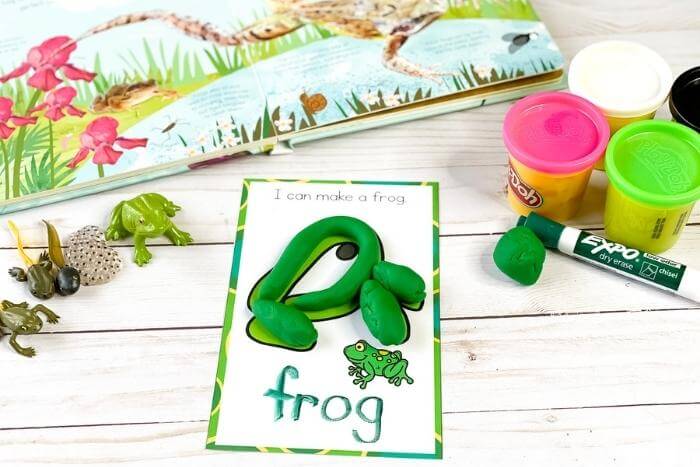
Mats included: I can make a lily pad. I can make eggs. I can make a tadpole (2 stages). I can make a froglet. I can make a frog.
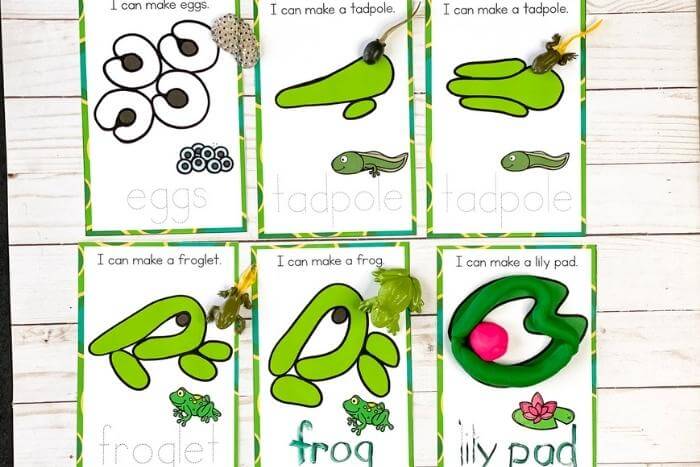
Each mat includes a very helpful play dough-like illustration. This will help get kids started on making concepts such as a tadpole that hatches vs. a tadpole with front legs.
When to Use the Frog Life Cycle Play Dough Mats:
🐸 In your spring science unit
This is a perfect fit when you’re teaching about life cycles, animals, ponds, or springtime changes in nature. You can pair the mats with frog life cycle books, songs, and science videos to give your kiddos a well-rounded understanding.
Because the mats have visuals, vocabulary, and sequencing built right in, they make abstract science concepts—like metamorphosis—feel tangible and age-appropriate. Instead of just talking about the life cycle, kids are creating it, step by step, with their own hands.
Plus, the frog life cycle is a beautiful connection to pond themes and spring weather, so it’s easy to slide right into what you’re already planning for April or May. 🌸🐸🌱
🐸 During small groups or centers
If you’re working in a classroom, this is such a teacher win. 🙌
During small group time, you can sit with a few kids at a time to focus on vocabulary, sequencing, and comprehension. You’ll have time to talk through each stage of the frog life cycle, ask questions, and support those fine motor skills as they roll dough into eggs or stretch it into tadpoles.
In centers, it becomes a self-directed activity! Add a little visual instruction card or a model mat, and your kiddos can work through the life cycle independently or with a partner. That’s engagement without chaos, and that’s the dream. 😍
🐸 For independent exploration
Sometimes you just need a quick “grab-and-go” option for your early finishers, fast workers, or kids who just need something in their hands.
Print a few sets of the Life Cycle of a Frog Play Dough Mats, keep them in a drawer or tray with dough, and you’re done. ✅
This kind of play is meaningful, not busywork. While they roll and shape and play, they’re naturally reviewing science content. And because it’s quiet, sensory, and tactile—it can be a calming choice too for students who need a brain break or have sensory needs.
🐸 In a life cycle-themed morning tub
Morning tubs are a soft, welcoming way to start the day (especially for littles who aren’t quite ready to sit still at circle time yet). And these mats are perfect for spring morning tubs!
They give you a seasonal, skill-focused activity that doesn’t require a ton of prep. Plus, they’re calm, quiet, and promote conversation between students as they work side-by-side.
It’s a wonderful way to sneak in science and fine motor practice before you’ve even taken attendance. 🙌 Bonus: this is an easy one for paraprofessionals, aides, or classroom volunteers to manage too!
🐸 For extra fine motor practice during quiet time
If you have a child who struggles with scissor skills, pencil grip, or hand strength, these mats are a sneaky little way to help them build up those muscles—without feeling like it’s “therapy” or “work.”
You can use the mats during rest time alternatives, OT support time, or just as a gentle fine motor task during quiet time when the classroom needs to settle.
They’ll be shaping, rolling, and pressing—all fantastic for fine motor development—while reviewing frog life cycle vocabulary. Total win-win.
The life cycle of a frog play dough mats could also be printed for the kids to create their own Frog Life Cycle Book. Or you can grab my Frog Life Cycle Mini Book Craft to extend your life cycle learning!
Our Favorite Frog Life Cycle Books!
These books fit perfectly with the frog life cycle play dough mats!
Life Cycle of a Frog Video for Kids
FAQs About Teaching Life Cycles with Play Dough Mats
Can I use these mats with older or younger kids?
Yes! Toddlers can explore the shapes and vocabulary, while older kiddos can label each stage or write a short story about it.
What if a child doesn’t like play dough?
Swap in Wikki Stix, kinetic sand, modeling clay, or even finger paint. It’s all about sensory input and creativity!
How do I help kids who struggle with fine motor skills?
Use larger balls of dough, provide thick tools or stamps, or let them create the stages in a sensory tray with small objects instead.
How is this better than a worksheet?
Hands-on activities boost retention, engagement, and understanding—especially in early childhood. Play dough mats also build motor skills at the same time!
More Activities to Consider
The life cycle of a frog activity pairs well with other scientific studies. Once the students have this valuable background knowledge, you can delve into other scientific topics!
- Other animals: Butterflies, chickens, ladybugs, bees, turtles, take your pick!
- Plants: Explore what plants need, and how they change, from seed to sprout and in between. Check our our super popular Seed Germination in a Bag Science Experiment to start!
- Learning about animal/plant life lends itself nicely to habitat exploration.
- Across the curriculum: Incorporate as many activities as possible for each life cycle theme. Consider books, writing activities, vocabulary games, art projects, videos, games, and math.
- Explore the change of the seasons as they occur. Relate it to the life cycles of a frog for children to understand that all living things and processes go through cycles.
- Matching games with words and pictures help children connect new vocabulary words with pictures.
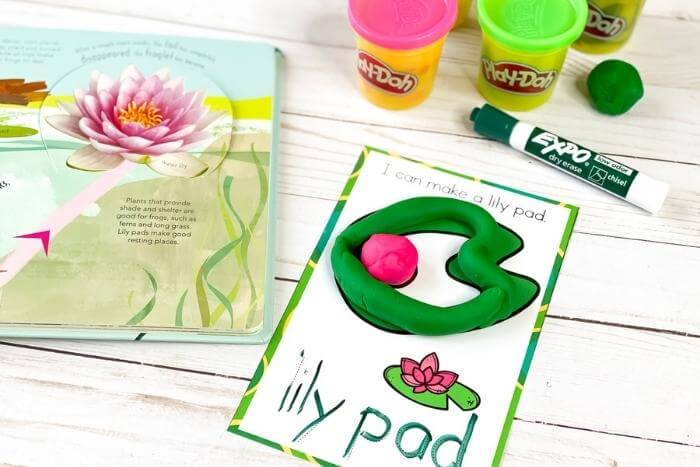
Ready to Jump Into Frog Life Cycles?
Download your free Life Cycle of a Frog Play Dough Mats today and watch your preschoolers leap (literally!) into a world of science discovery through play. 💚
Already a subscriber? No worries—just pop in your email again, and we’ll send the activity straight to your inbox. Easy peasy.
Do you love this activity? Pin it for later!
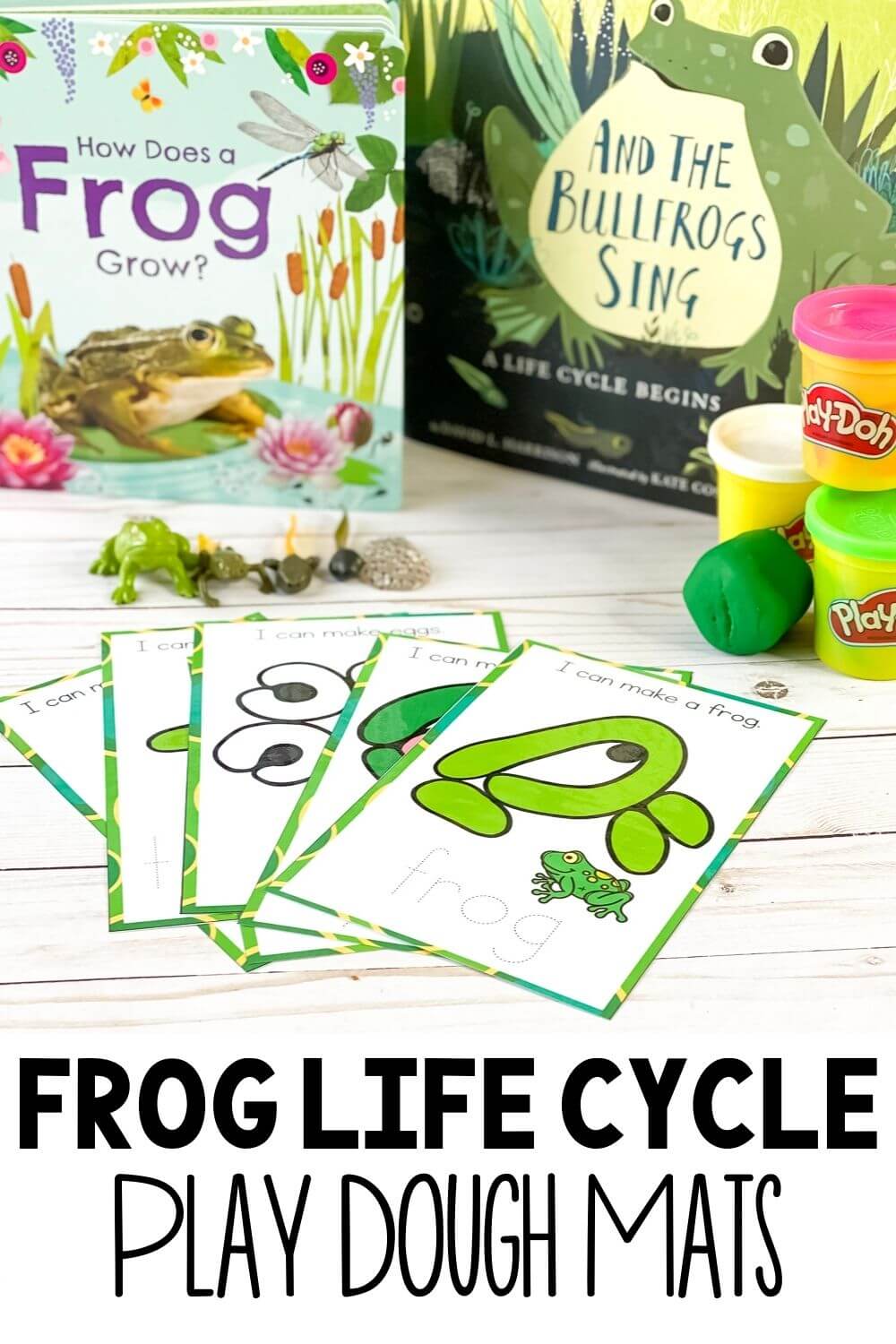
join the newsletter & Get your free activity
Get Your Frog Life Cycle Play Dough Mats Here!
Already a subscriber? No worries. Just enter your email here to have the activity sent directly to your inbox.
More Life Cycle Activities You’ll Love:
- Butterfly Life Cycle Play Dough Mats
- Bumble Bee Life Cycle Play Dough Mats
- Lady Bug Life Cycle Play Dough Mats
Looking For More Fun Frog Life Cycle Activities?
Kids Still Want to Learn More About Frogs?
- Frog Skip Counting Puzzles
- Frog Skip Counting Lily Pads Game
- Frog Life Cycle War! Card Game
- Fine-Motor Frog Life Cycle Craft
- Frog and Pond Habitat Sensory Bin
Search All Activities
Looking for more? Find exactly what you need here:

